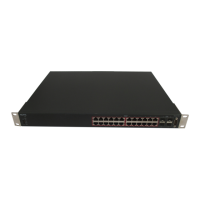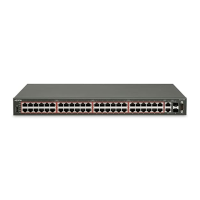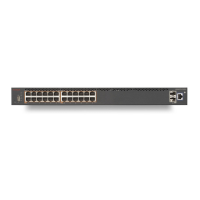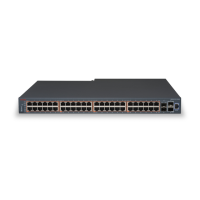Avaya Inc. – External Distribution
1. Overview: Internet Protocol Flow
Information eXport (IPFIX)
Internet Protocol Flow Information eXport (IPFIX) has evolved as an improvement upon the
Netflow V9 protocol. It is a standard that has been proposed by an IETF Working Group -
http://www.ietf.org/html.charters/ipfix-charter.html. IPFIX is an effort to standardize on
architecture for IP flow measurement and export. In an IPFIX model, an exporter such as a switch
or router collects IP flows and then exports the IP flow information using a transport protocol to a
collection server or servers. An IP flow is defined as a set of packets over a period of time that
has some common properties.
1.1 IPFIX Support on Avaya Switches
Software Level
introduction
Collector Default
UDP Port
Avaya IP Flow Manager (IPFM), NetQoS Harvester/Collector, Fluke Collector
Number of IPFIX
Collectors
Supported
Protocol type
Source IP
Destination IP
Ingress port
Type-of-service byte
TCP/UDP source port
TCP/UDP destination port
Source IP
Destination IP
Protocol Type
Source protocol port
Destination protocol port
Type-of-service byte
Byte/packet count
Ingress VLAN ID
Ingress port and observation point
(VLAN or port)
Table 1: IPFIX support on ERS8600 ERS5000, and ERS4500
1 – If IPFIX is enabled, a QoS policy precedence is used
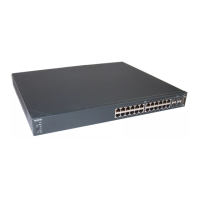
